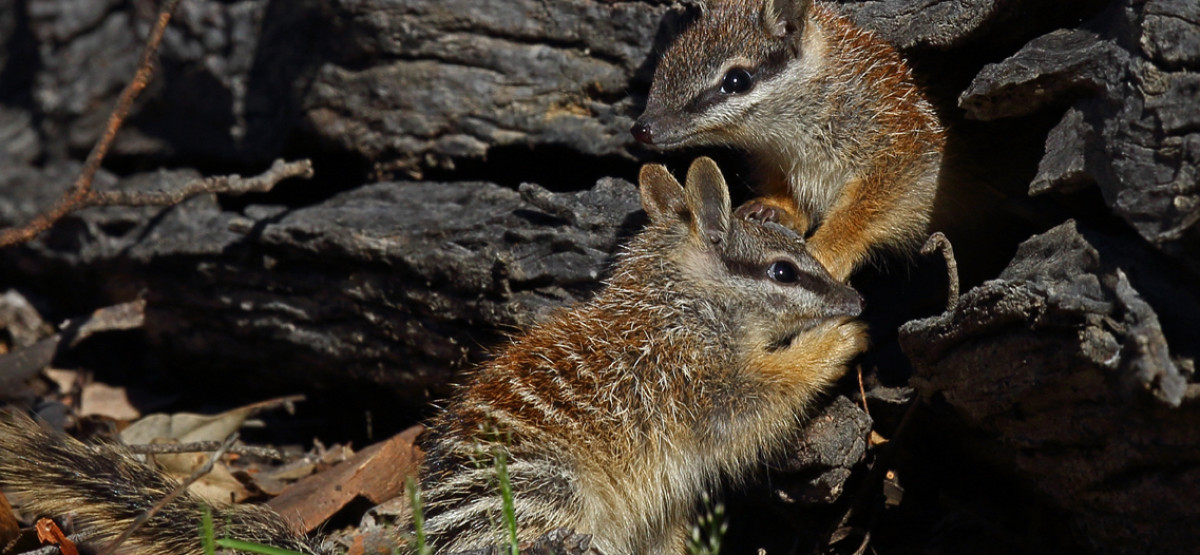An update from the Western Australian Department of Biodiversity, Conservation and Attractions,
August 2018
The Numbat Protection Dog project, funded in partnership with FAME and the Australian Government, aims to protect some of the last remaining wild populations of Numbats that roam in unfenced reserves, is progressing well.
In May 2018, stage one of the Numbat project to test the efficiency of detector dogs to locate cat scent was undertaken in Tutanning Nature Reserve, located in the Wheatbelt of Western Australia. Tutanning and a small number of other reserves in the Wheatbelt are extremely special because they still support rare species like Numbats and Woylies, but feral cats remain a problem for these threatened species. Detector Dogs may provide a new tool to combat the feral cat but first the ability of detector dogs to locate scent needed to be established.
Seven hundred and twenty ha of Tutanning Nature Reserve was divided into 100x150m quadrats and a single cat scat was randomly placed in each quadrat. Two detection dog teams (each team consisting of a dog, a handler and a support person) searched the area along pre-determined transects that were 100m apart. The time it took the dog to locate the scat, if they were able to, distance from the transect and environmental variables like wind direction and strength, humidity, temperature and rainfall were recorded.
The results were analysed to determine the probability of detecting a scat and identify variables that influence this detection.
The dog teams searched 399 quadrats and were able to detect scats in more than half of them (213). It took on average 12.7 minutes for a dog to find the scat, with little variation in the performance of individual dogs. Wind variables impacted the search time a little and it was faster for the dog to find scats when the weather was cooler. The likelihood of detecting a scat declined with the distance at which the dog was from the scat and with the age of the scat; scats were much harder to find when they were greater than 20 days old.
This Project is one of the first of its kind and has provided great insights into how dogs might be used in this environment to control feral cats. We are now confident that it is possible for detector dogs to work effectively in this type of habitat to pick up feral cat scent and the next step is to see if dogs can translate the detection of cat scent to actually tracking down feral cats. The research has also allowed us to make some estimates regarding the amount of time it might take for a dog to detect feral cats in this type of environment and we will test these parameters during the next stage of the Project to see how effective this tool is.
Additionally, nearly 100 remote sensing cameras have been deployed to monitor introduced predators, Numbats and other threatened fauna. Two dedicated community groups, the Numbat Taskforce and Project Numbat, have joined the project and are providing invaluable support for the camera monitoring.
Read more about the Project here.
PHOTO CREDIT: R McLean
